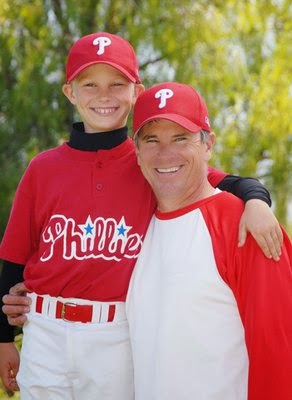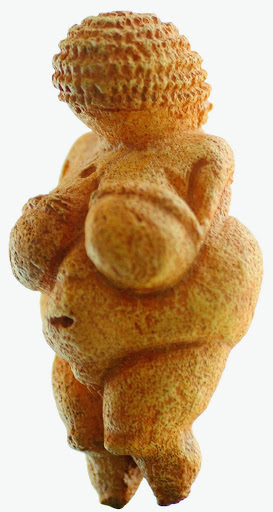Excuses and Eye-Openers
 |
| "Just act like you like him, buddy. Just for one picture. Please." |
As many probably know, I just returned from my Bay Area experiment and now that I don't spend my days telling children to say "squishy ponies" in desperate attempts to get them to smile naturally, I have to time to re-commit to bloggage. While traveling back to LA during my month hiatus I modeled at Loyola Marymount University, my first experience in a college-level class. It was strange to be around students not far from my own age, trying to remember how the models I worked with in high school acted so I could pretend I had any idea what I was doing.
Ultimately, the biggest difference between modeling for college classes and other groups turned out to be what the students produced. I am also sure that the difference stemmed, not from the age difference, but from the location. Almost every class I modeled for was made up of animation students. I'm sure this would be different in other cities, but of course Los Angeles drawing classes would have a clear connection to the entertainment industry. I was fascinated by the animators' approach to figure drawing compared to the "fine art" students I'd seen before. Unfortunately, I did not take pictures of the students' work, so I will have to illustrate this post some other way (starting with cute children).
 |
| I may be exaggerating. |
Unsurprisingly, the poses were very short, rarely over 10 minutes. The drawings were gesturally very impressive, i saw barely any stiff, unnatural looking sketches. Even the students who professed to lean toward the programming side of animation were adept at rendering a pose with pencil in hand. It made sense that animation students were good at capturing the movement of a pose, yet the commitment to measurement and accuracy was virtually nonexistent. They gave me a variety of body types, from Barbiebody to street-urchin thin to Venus of Willendorf.
 |
| Obviously my favorite alter-ego. |
Even better, some students would finish early and spend the extra time drawing on clothing, giving me outfits from stripper heels to Poison Ivy vines. The difference in style between the students was also striking; they had already developed their own ways to draw bodies. In my drawing classes we were taught that stylization comes after mastering the art of accurate representation. Honestly, I have no idea if these students had completely mastered strictly representational drawing or not, but ultimately animators need to focus on different skills.
Seeing different classes also showed me a lot about the variety of ways to teach drawing. I'll go into more detail with this later, but just as seeing Kate's class opened my eyes to how effective teaching can be, so did these classes show me how many ways it is possible to effectively teach someone how to improve their drawing. It also introduced me to different priorities in drawing classes, based on the skills the students need to learn.
As usual, all images found on Google Images.
